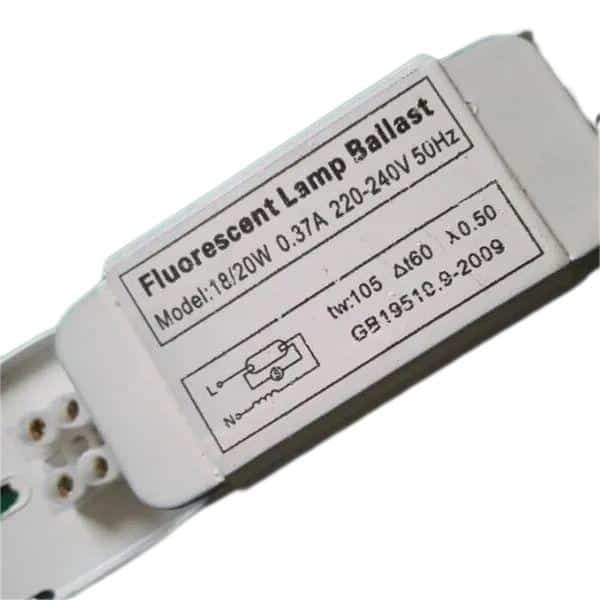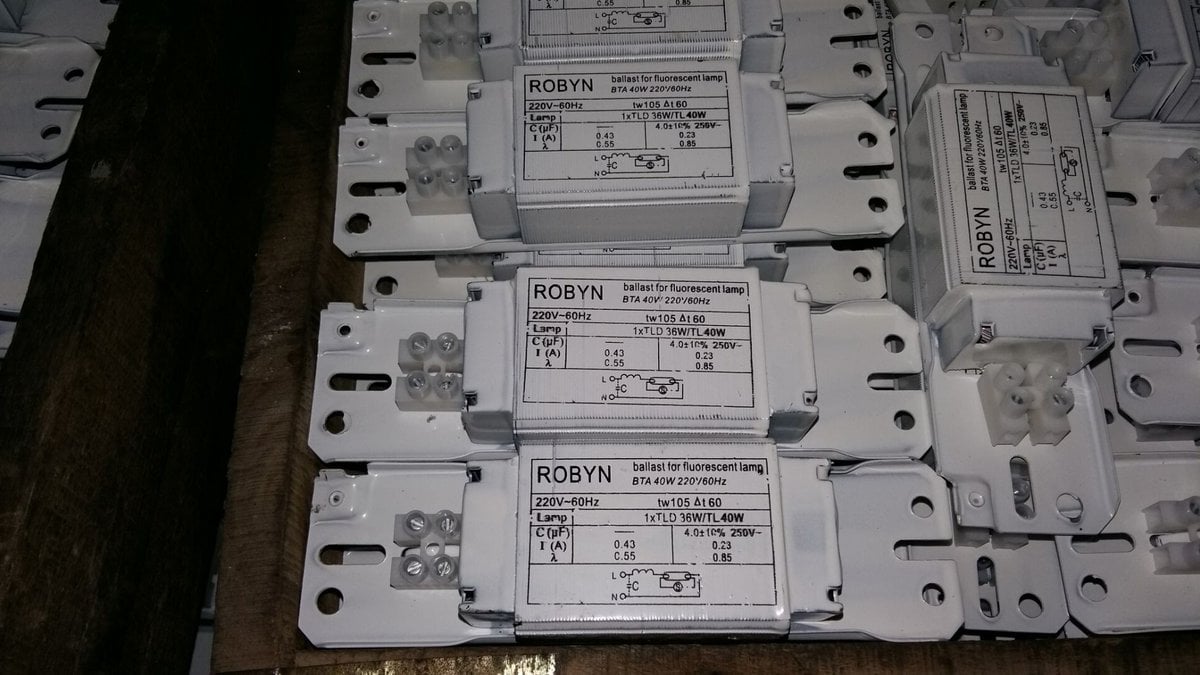When working with fluorescent lighting, matching the wattage between the bulb and the ballast is crucial for both performance and safety. However, a slight wattage difference, such as using a 36-watt bulb with a 40-watt ballast, often raises questions. Many wonder if this small mismatch will cause issues, or if it is acceptable to proceed. Understanding the impact of using a lower-wattage bulb with a slightly higher-wattage ballast helps ensure that the lighting system operates safely and efficiently.
Yes, It’s ok a 36-watt bulb may function temporarily on a 40-watt ballast.
In fluorescent lighting systems, wattage compatibility is essential. Fluorescent ballasts are designed to supply a specific level of power, carefully matching the requirements of the connected bulb. When there is a mismatch, such as a ballast providing more power than the bulb is rated to handle, it can stress the components, causing performance issues and reducing lifespan. Here, we’ll dive into why matching wattage is critical, the potential risks of using a 36-watt bulb on a 40-watt ballast, and alternatives for achieving proper compatibility.
Understanding How Ballasts Regulate Power to Fluorescent Bulbs
In a fluorescent lighting system, a ballast regulates the voltage and current sent to the bulb, helping to stabilize its operation and ensure smooth illumination. The ballast provides an initial high voltage to ignite the bulb and then limits the current flow to a level that the bulb can handle, maintaining safe and consistent operation. Proper wattage matching is essential because ballasts are calibrated to work within specific limits. Even a small difference, like that between 36 watts and 40 watts, can cause the ballast to deliver slightly more power than the bulb is rated for. This overloading might not be immediately obvious, but over time, it can lead to flickering, overheating, and lower efficiency, as the bulb operates outside of its optimal conditions.
Risks of Using a 36-Watt Bulb with a 40-Watt Ballast
Using a 36-watt fluorescent bulb with a 40-watt ballast can result in the ballast supplying a bit more power than the bulb’s rating allows, causing heat buildup and stress on the bulb. This can cause premature wear on the bulb’s internal components, ultimately shortening its lifespan. Fluorescent bulbs are designed to run within a narrow range of power for optimal performance, so even a slight increase beyond this range can cause the filament and gas inside the tube to degrade faster. Running a 36-watt bulb with a 40-watt ballast may seem like a small deviation, but the added strain accelerates the bulb’s wear, making it burn out more quickly.
Energy Efficiency and Performance Impacts
A mismatched wattage also affects energy efficiency. When a 36-watt bulb is paired with a 40-watt ballast, the ballast supplies more current than the bulb actually needs, leading to wasted energy. This inefficiency not only results in higher energy costs but also means the ballast is working harder than necessary to power the bulb. Inconsistent brightness and color rendering are also potential issues when using a lower-wattage bulb with a higher-wattage ballast. Overloading can cause the light output to fluctuate, leading to noticeable variations in brightness or color, which may be especially inconvenient in settings requiring steady lighting quality.
Potential Safety Hazards and Failures
Another consideration when using a 36-watt bulb with a 40-watt ballast is safety. The excess power creates additional heat within the bulb, raising the risk of overheating, particularly in enclosed fixtures with limited ventilation. Although fluorescent bulbs do not reach the same temperatures as some other lighting types, prolonged exposure to even slight overheating can lead to early failure or, in rare cases, breakage. This additional heat can also stress the ballast, potentially leading to electrical damage, malfunction, or the need for more frequent maintenance. While these risks are low with a small mismatch, they can accumulate over time, creating the possibility of equipment failure.
Alternative Solutions for Proper Wattage Compatibility
For optimal safety and performance, there are better alternatives to using a 36-watt bulb with a 40-watt ballast. One solution is to replace the ballast with a model rated for 36-watt bulbs. By matching the ballast to the exact wattage of the bulb, you ensure the lighting system operates at peak efficiency and longevity. Alternatively, if feasible, consider using a 40-watt bulb with the existing 40-watt ballast. This alignment ensures that both components are compatible and that the lighting system will work smoothly without the risks associated with mismatched wattages. Both of these options eliminate the risks of overheating, efficiency loss, and shortened lifespan, making them safer and more cost-effective in the long run.
Final Thoughts
In conclusion, while using a 36-watt bulb on a 40-watt ballast might work in the short term, matching the wattage of fluorescent bulbs and ballasts is always the best choice for safe, efficient, and long-lasting lighting performance.


